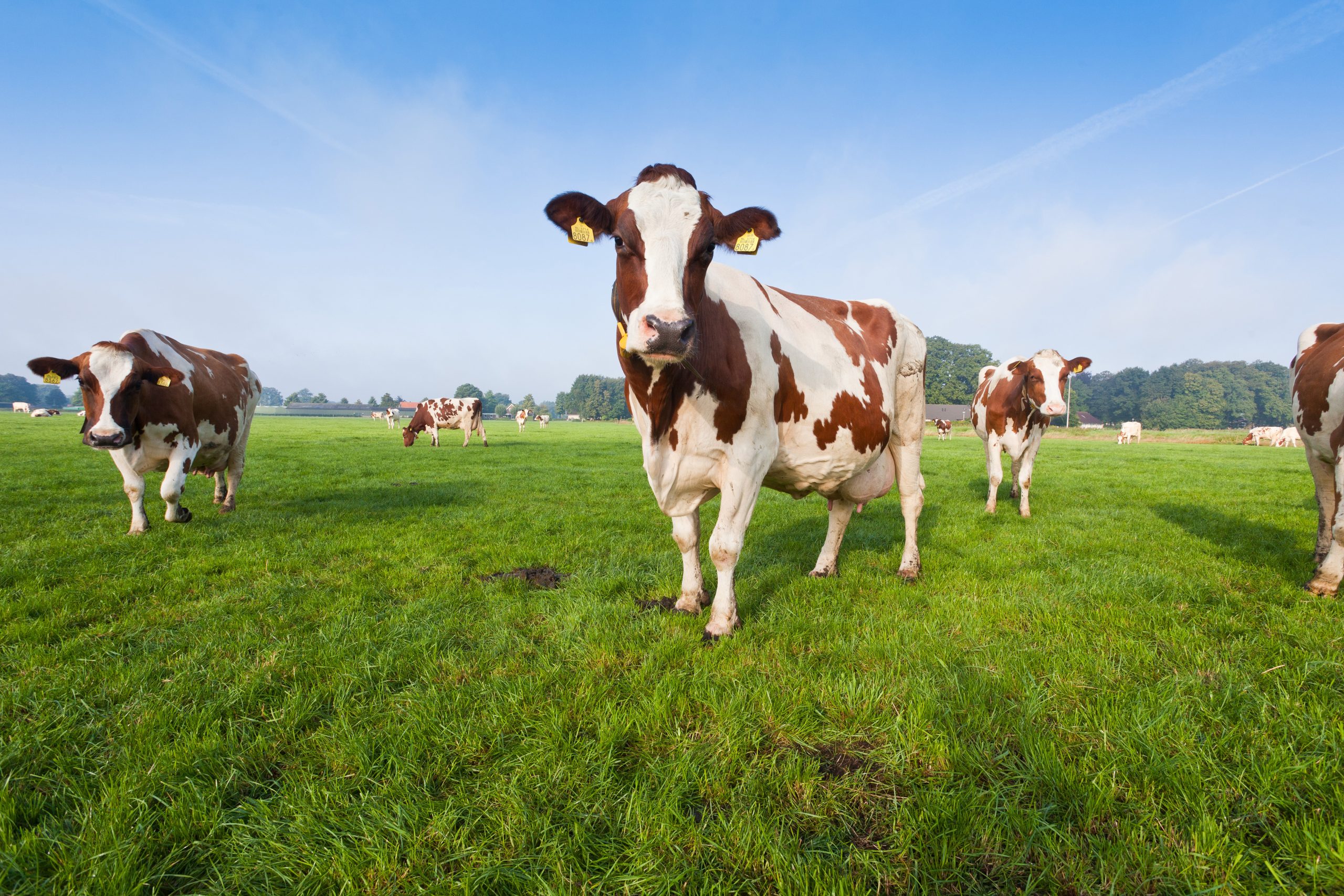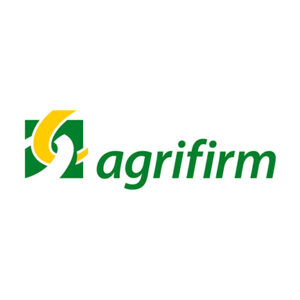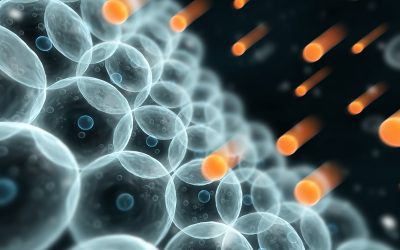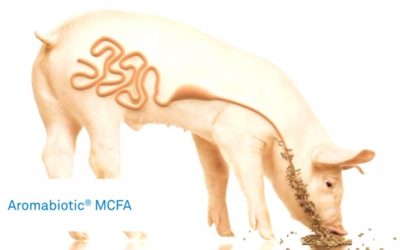Fighting heat stress pays back

Heat stress decreases feed intake, milk production, conception rate and has a very negative impact on the immune system. Research concludes that the total cost of heat stress is $?150 billion per year. Because of this big impact Nuscience pays a lot of attention to support cows during periods of heat stress with an extensive buffering program effectively reducing the negative effects of heat stress.
Cows worldwide in different climates with different temperatures have to deal with heat stress. Especially the combination of high temperature with high humidity are causing a lot of stress for cows. To make a good estimation of the severity of heat stress both temperature and humidity have to be taken into account. Naturally cows are losing heat by non-evaporated cooling (radiation, conduction, convection). When temperature rises this cooling strategy becomes less effective so cows need to start using the evaporative cooling (sweating, panting). These evaporation strategies are effective but when humidity rises cows are not able to lose enough body heat to prevent the rise of body temperature. In order to make a good estimation of the risk of heat stress the Temperature Humidity Index (THI) gives a good indication (Table 1). Starting from a THI index of 72, cows start to suffer from heat stress.
Table 1 – Temperature Humidity Index

Negative effects of heat stress
Most of the cows suffering from heat stress react with a lower dry matter intake (DMI). A reduced DMI directly effects the energy balance. Another important risk is increased ratio of concentrates to roughage, especially when feeding a partially mixed ration or when it is possible to select the concentrates. This increased ratio results in an higher acid production in the rumen. Together with bigger meal sizes applied during heat stress, the risk for rumen acidosis will significantly increase. Knowing that on average about 21% of the cows are suffering from sub-acute rumen acidosis (SARA), this number will without doubt increase during heat stress.
In periods of low rumen pH, the feed digestion will be impacted strongly and the level of endotoxins will increase, up to 10-20 times the amount in a healthy rumen. Endotoxins, mostly LPS, have a negative effect both in the rumen and later in the intestinal tract. A rumen wall affected by endotoxins is less capable to absorb Volatile Fatty Acids (VFA) which results in a lower nutrient intake and lower acid absorption stimulating even more rumen acidosis. Besides the risk for SARA, cows suffering from heat stress start to produce stress hormones like cortisol and prolactin both affecting the immune system.
Lower DMI not in relation to lower milk production
Lower DMI during heat stress only explains about 35-50% of the reduction in milk production. What are the additional causes for producing less milk? Cows in early lactation suffer from a negative energy balance with a reduced blood insulin level. An increased insulin resistance results in the use of body fat as alternative energy source. During heat stress this mechanism will not or hardly work because of the higher insulin level. Therefore cows don’t release sufficient non-esterified fatty acids (NEFA) for energy use making them very dependent on glucose as energy source. More glucose needed for energy results in lower glucose available for the production of lactose which is directly related to a lower milk production.
Endotoxins form another important reason for the big drop in milk production. As mentioned earlier heat stress will cause a higher endotoxins production. On top of this potential higher endotoxin production also the natural barrier function of the GIT is impaired by oxidative stress and hypoxia (see Figure 1). This results in a higher permeability of the gastro intestinal wall resulting in a higher absorption of endotoxins. Once entered in the body they activate the immune system using a lot of energy in the form of glucose. This higher use of glucose again results in less available glucose for milk production.
Figure 1 – Effect of heat stress in cows.

Protection minimises the effects of heat stress
To protect the cows from the negative effects of heat stress Nuscience developed an extensive buffering concept effectively supporting cows in different ways. Mervit Buffer is characterised by a carefully selected combination of buffering ingredients and products that support the (rumen) health. An excellent buffering profile is required to guarantee an optimal result. In practice, single sodium bicarbonate is often used, having a large buffering capacity but only during a short period of time. Moreover, sodium bicarbonate will also be buffering when it is not necessary with an adverse effect on rumen efficiency as a result. To obtain a good buffering profile over the complete rumen tract it is necessary to have a good combination of fast, moderate and slow buffering products.
With Mervit Buffer+ the rumen will be buffered when needed and the capacity in time is tuned with the needs of the rumen in time. Next to buffering ruminal acids, the product also steers the bacterial population in the good direction. Supporting cellulolytic bacteria will result in a lower production of lactic acid. Additionally, a stimulation of lactic acid consuming bacteria will minimise the decrease of the rumen pH. Finally, the buffer will reduce the effect of stress in the animal. Different natural components effectively reduce the negative effects of stress by protecting the barrier function of the intestinal wall. This minimises the amount of endotoxins absorbed in the body and results in a lower waste of glucose and a more healthy and productive animal.
References available on request




